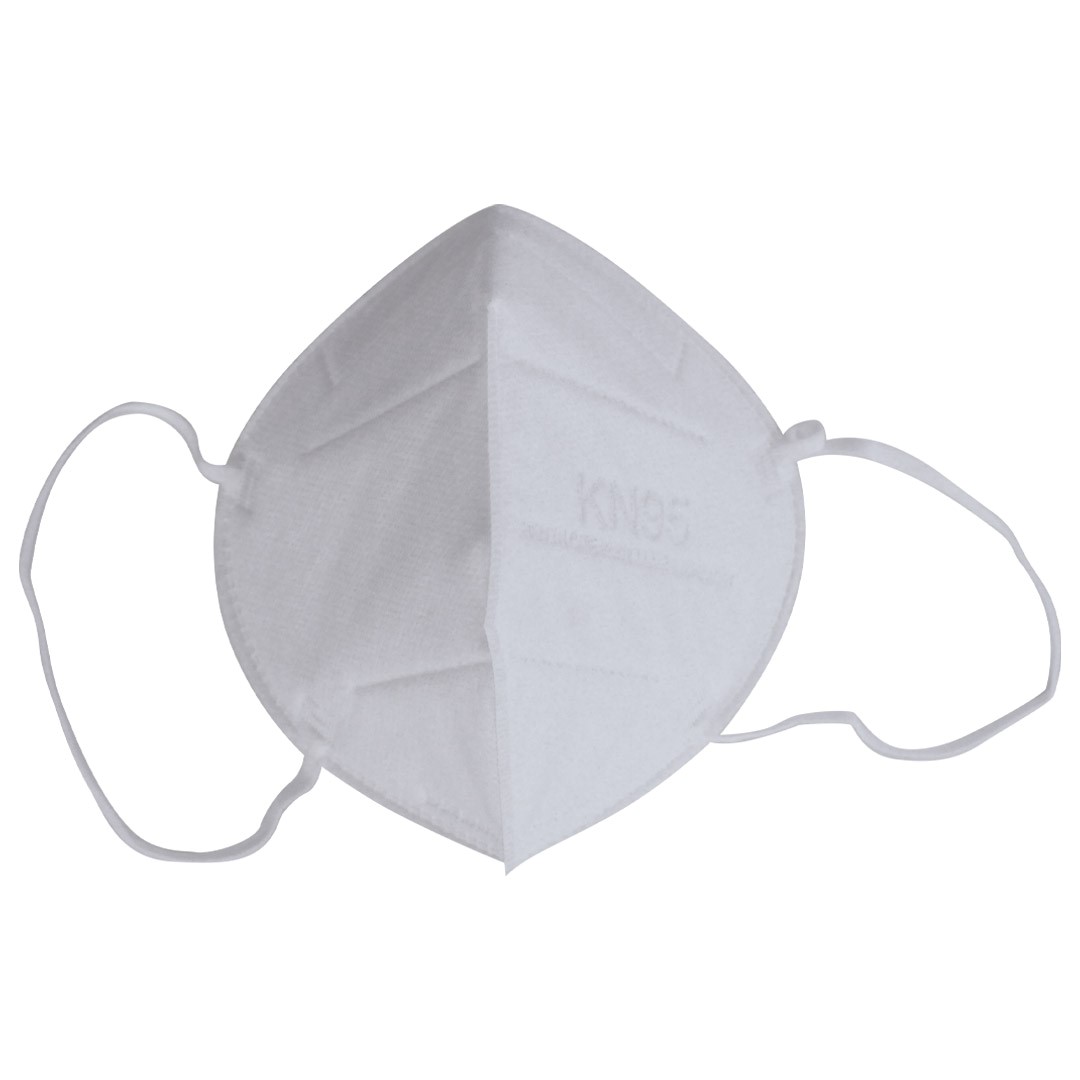Next Working Day Delivery
Orders received by 3pm Monday-Thursday and 1pm Friday will be despatched same day.
Face masks: a basic guide to choosing the right facial PPE
May 22nd 2020

For many of us, it looks like wearing some kind of a face covering to protect against Covid 19 transmission is going to become part of daily routine, at least for the foreseeable future. Despite the debate about how much face masks and coverings help protect us, the government is now asking us to consider using them in enclosed public spaces, such as public transport and shops…
The advice from the Scientific Advisory Group for Emergencies (SAGE) emphasises that masks are not a replacement for social distancing – handwashing and staying two metres apart are still the priority.
It’s also important to note that those of us not working in the health and care sectors should avoid buying medical grade masks, so we don’t cause shortages of these for frontline workers.
For more detailed information and the latest facial PPE advice, take a look at https://www.gov.uk/government/news/public-advised-to-cover-faces-in-enclosed-spaces
But if you do work in a care setting or need to source face masks for care workers, here’s a basic overview of the types of mask:
Medical masks
As a general rule, these split into three categories:
- Single use masks – comprising a thin, one layer material designed for filtering-out larger dust particles, to be worn for a few hours then discarded
- Surgical masks – capture virus-sized particles, down to a size of about 0.1 micron (that’s the same size a coronavirus bug)
- Respirator masks – these are sometimes called pollution masks, and typically capture up to 90% of virus-sized particles
The basic idea behind most PPE face masks is that they catch the droplets of moisture we expel when breathing – that’s why masks are considered to be a useful barrier to stop the wearer from infecting others.
Standards apply
Different countries and regions have different PPE regulation standards for masks, so it’s important to check for suitability. And if a mask has no standard/grade number printed on it it’s almost certain to be sub-standard or counterfeit.
As a basic guide, common types of mask in use to protect against coronavirus transmission include:
N95 and KN95 and FFP2 – can capture 95% of particles of 0.3 microns size
3PLY – 3 layer construction, proven in some tests to be as effective as an N95 mask
Type IIR – fluid resistant masks, compliant with the relevant EN 14683 standard
EN denotes the European standard; N relates to USA regulations; KN is the Chinese Standard. FFP is a European grade.
Can builders’ and tradespeople’s masks be used?
Some can be effective in capturing moisture droplets. The issue here is that certain grades of industrial masks are useful in the care sectors. So we need to avoid depleting these stocks if we’re not frontline care workers.
Fit for purpose?
One very simple factor to consider in choosing a face mask is its fit – if it doesn’t mould closely to the contours of the face, it won’t be as effective as it could be. So you’ll probably want to go for masks designed for close fitting.
A face-masking checklist
- Check that the grade of mask is suitable for your application, and avoid masks with no safety markings
- If the mask standard is not a European EN grade – from the US or China, for instance – check that it’s equivalent to the type you need
- Close-fitting masks offer the best performance
- Don’t buy medical face masks if you’re not working in a health or care setting
- Consider using a scarf or making your own face mask if you don’t work in the health or care sectors
Hague Direct supply a range of PPE equipment, contact us to find out more.





